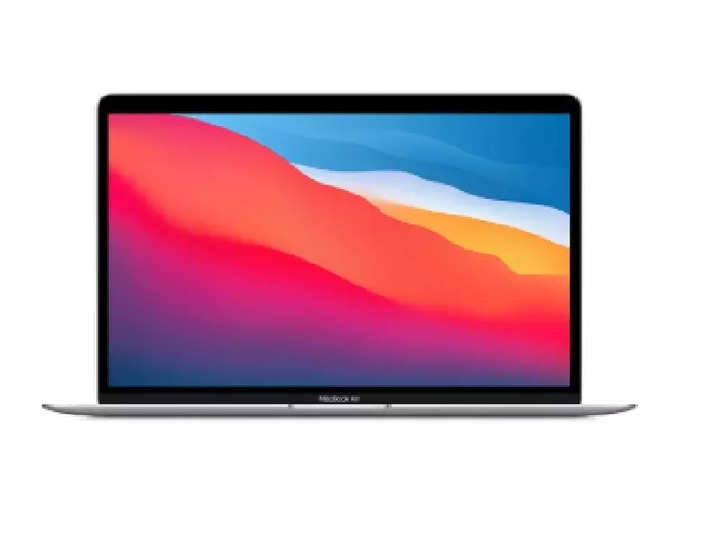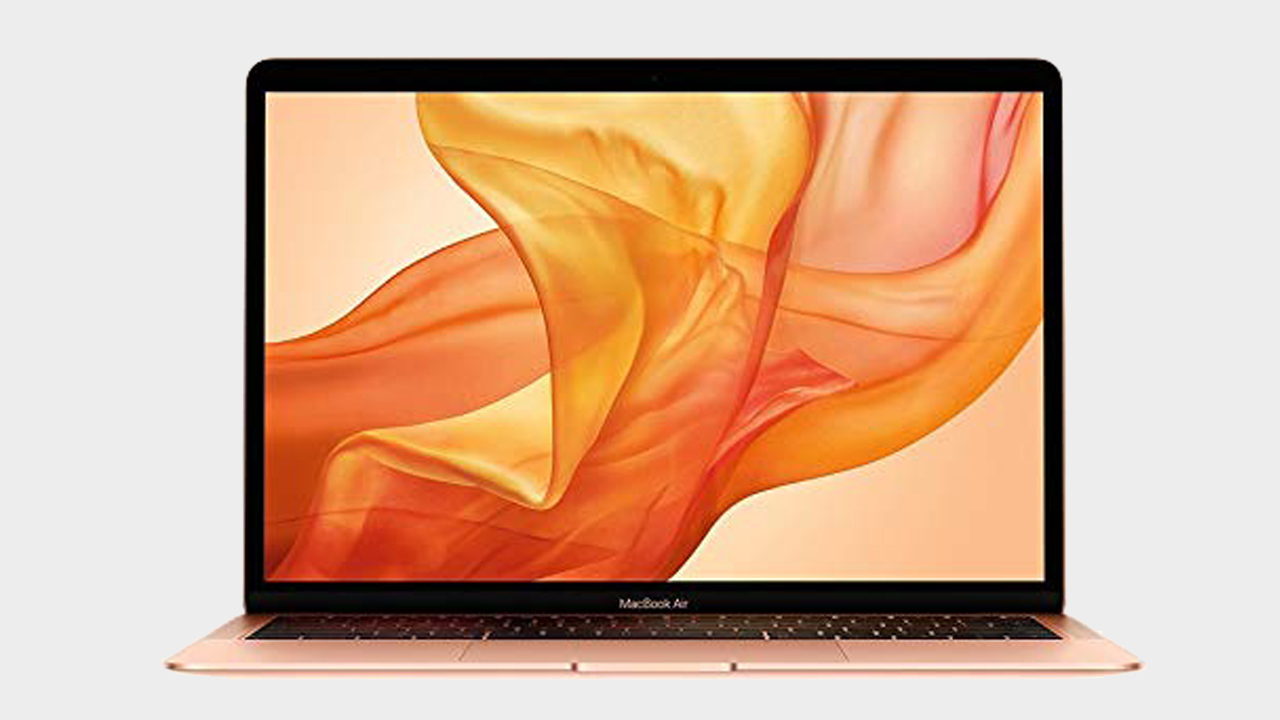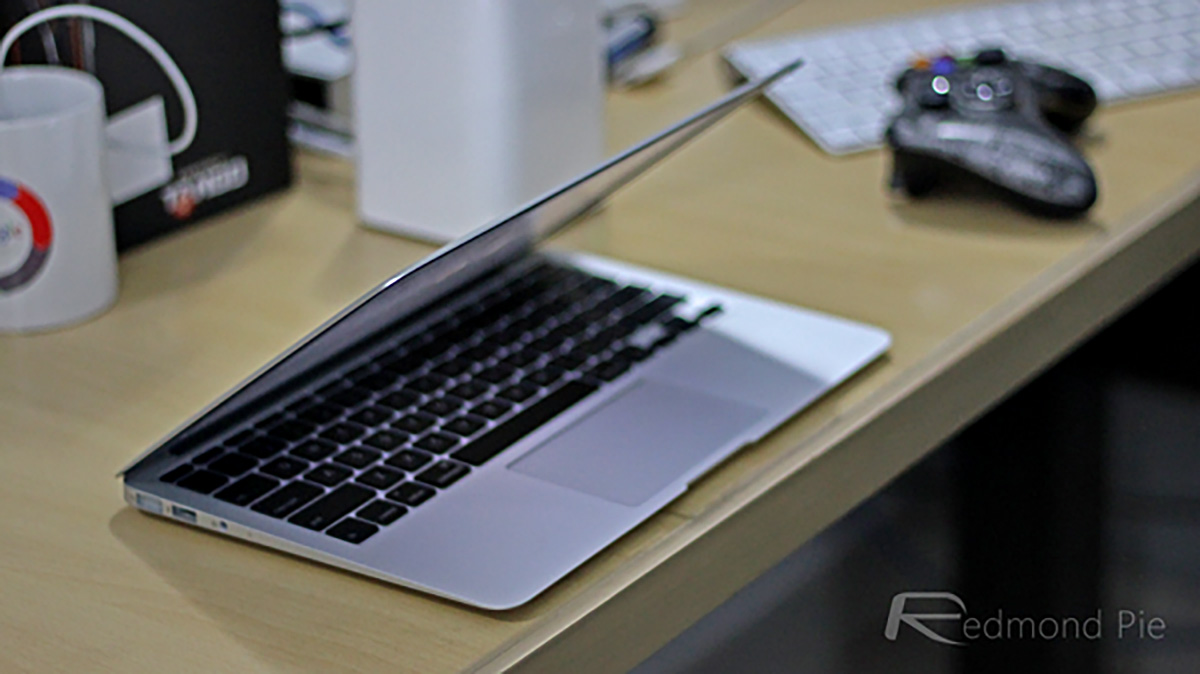

Conversely, having over 1TB of storage on a laptop is perhaps too much for most folks. That number, which currently stands at 256GB, probably isn't enough for most people over the long term. With this in mind, I recommend not purchasing the minimum storage available on any given MacBook. With the advent of cloud-based computing, the amount of onboard storage on computers isn't nearly as significant as it was just a few years ago. Additionally, the more programs your system is running, the more memory you'll need.Īgain, Apple doesn't let you change RAM on MacBooks after purchase, so you'll want to choose wisely. The larger the RAM, the quicker your computer can access data. Random-access memory, or RAM, is your system's short-term data storage.

Same goes for RAMĭeciding how much computer memory to buy is also crucial. Unless you really indeed the 16-inch MacBook Pro, you should select a MacBook with Apple silicon. However, older MacBook Pro models, including the entire 16-inch lineup, still offers Intel processors inside. Currently, both the MacBook Air and entry-level 13-inch MacBook Pro offer an Apple M1 SoC.

What about Apple silicon?Ĭupertino is in the process of transitioning its entire Mac lineup from Intel-based processors to an Apple silicon system on a chip (SoC).

Conversely, if you're planning on doing creative work using an Adobe product or something like Final Cut Pro, go with a bigger processor. If you're only purchasing a new laptop to take notes and write reports, save yourself some money and purchase less. Expect to pay around $200 more as you move up to a better processor. With this in mind, zero in on what you can afford and go with it - starting with the processor speed. Buy as much processor speed as you can affordĪpple doesn't allow you to swap out parts on any of the current MacBook models.


 0 kommentar(er)
0 kommentar(er)
